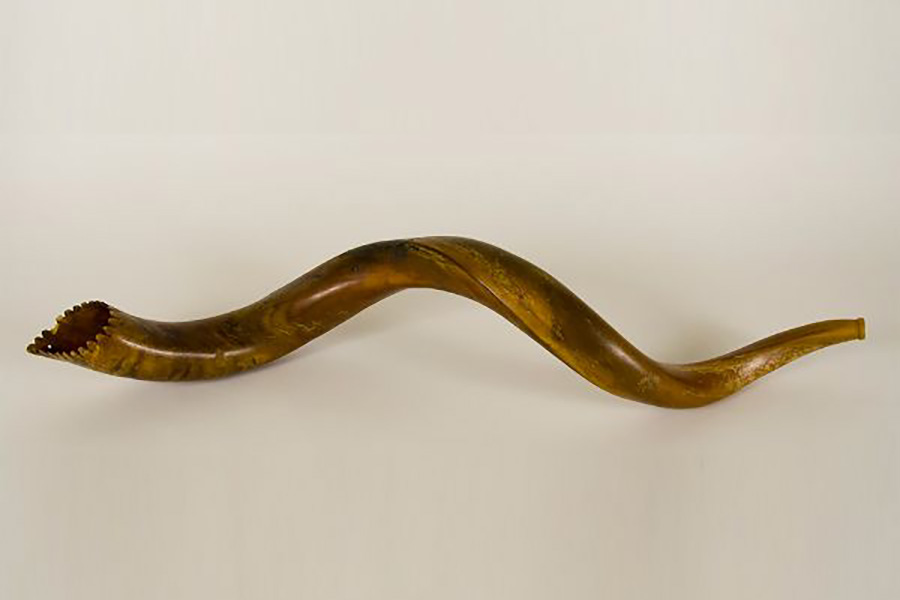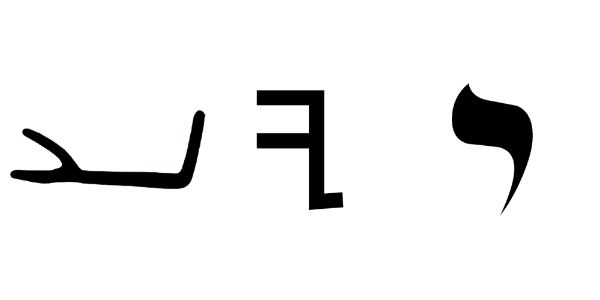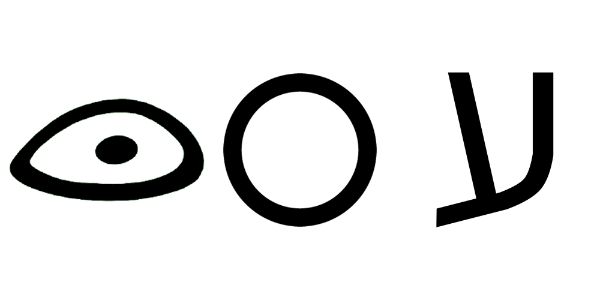The word yauabal (𐤉𐤅𐤁𐤋) means “jubilee” meaning rejoicing or jubilation.
The Paleo-Hebrew language or the original language of the Ābarayam is one spoken with an emphasis on the rauakh (breath, wind, spirit). With the language of the Ābarayam, each letter has a meaning and a number associated with it that adds meaning to each word they’re used with. Below you will be able to learn more about the letter in Ancient Hebrew, Yiddish Hebrew, Greek, and much more.
Letter Meanings
| Letter | Meaning |
|---|---|
| 𐤉 (y) – ya | arm, hand, work, thrust, deed, make, throw, worship Prefix: he/she, turns a word third person |
| 𐤅 (u) – ua [ýa] | and, nail, tent peg, hook, to secure, connect, Messiah |
| 𐤁 (b) – ba | House, family, “in” |
| 𐤋 (l) – la | staff, goad, control, toward, protect, authority, bind, yoke, lead Suffix: Forms diminutive (abbreviated) nouns when added to a noun. Suffix: Forms fractional numerals when added to the stem of an ordinal numeral. |
| Ābarayat Number | |
| Hebrew Gematria | |
| English Gematria | |
| Simple Gematria |
Based on the meaning of the letters the word could be defined as:
- “He secures a family of authority”
- “He connects a family of authority”
- “work of Messiah in authority (power)”
- “creation of Messiah house of protection”
- “worship of Messiah in authority (power)”
- Connects Yau and Bal
- Connects Ya, Ua, and Bal
Definitions for 𐤉𐤅𐤁𐤋 / yauabal
| Language | Word | Transliteration | Pronunciation | Definition |
|---|---|---|---|---|
| Ābarayat | 𐤉𐤅𐤁𐤋 | yauabal | ya-oo-bal | a ram, ram’s horn (a wind instrument), jubilee, trumpet |
| English | trumpet | trumpet | truhm-pit | any of a family of brass wind instruments with a powerful, penetrating tone. jubilee (joo-buh-lee) |
| Hebrew | יוֹבֵל | yobel or yubal or Yubal | yo-bale’ or yoo-bal’ or yoo-bawl | a ram, ram’s horn (a wind instrument) |
| Arabic | يوبيل | ywbyl | yoo-buh-il | jubilee |
| Greek | σάλπιγξ | salpigx | sal’-pinx |
Images for 𐤉𐤅𐤁𐤋 / yauabal


Definitions for /
When adding the 𐤉 (yad) to the end of a word, it creates a possessive of the original word. It can either signify “my…” or identify a member of a nation. For example, 𐤏𐤁𐤓 (Ābar) is the progenitor, but 𐤏𐤁𐤓𐤉 (Ābaray) is the singular descendant of him also known as a Hebrew.
| Language | Word | Transliteration | Pronunciation | Definition |
|---|---|---|---|---|
| Ābarayat | ||||
| English | ||||
| Hebrew | ||||
| Arabic | ||||
| Greek |
Images for /


Definitions for /
When adding the 𐤌 (mayam) after the 𐤉 (yad) to the end of a word, it creates a plural of the original word. It can identify multiple members of a nation. For example, 𐤏𐤁𐤓 (Ābar) is the progenitor, but 𐤏𐤁𐤓𐤉𐤌 (Ābarayam) are the plural descendants of him also known as Hebrews.
| Language | Word | Transliteration | Pronunciation | Definition |
|---|---|---|---|---|
| Ābarayat | ||||
| English | ||||
| Hebrew | ||||
| Arabic | ||||
| Greek |
Images for /


Definitions for /
When adding the 𐤕 (tau) after the 𐤉 (yad) to the end of a word, it creates a plural of the original word. It identifies the language or a sign of a nation’s existence. For example, 𐤏𐤁𐤓 (Ābar) is the progenitor, but 𐤏𐤁𐤓𐤉𐤕 (Ābarayat) is the language of him also known as Paleo-Hebrew language.
| Language | Word | Transliteration | Pronunciation | Definition |
|---|---|---|---|---|
| Ābarayat | ||||
| English | ||||
| Hebrew | ||||
| Arabic | ||||
| Greek |
Images for /


Classification
You can continue your studies of the words by viewing Strong’s entries for:



